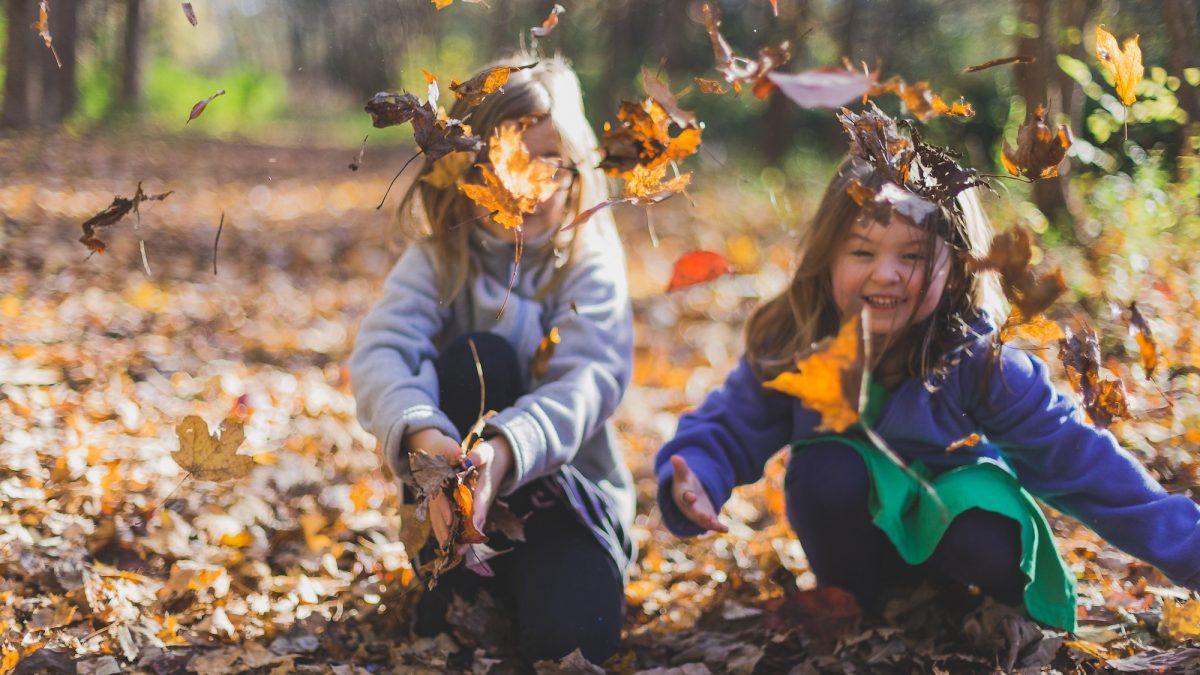Play
{A Written Practice}
Play
As adults, its everything we are afraid of
It’s fast. It’s loose. There aren’t any fixed rules. It’s everything that makes us uncomfortable. But, oh, the joy of it! Finding the capacity to play, not in the sense of frivolousness, but in the sense of lîla, divine play (Sanskrit), is a doorway to well-being. Through a Polyvagal lens, play is ventral vagal (connection) and sympathetic (mobilized), and through this lens it is a training for us in how to be connected and in movement.
Be honest, when you watch the video above–are you stoked for the kids? Or is there a tiny part of you that’s going Oh my gosh…it’s not safe…what if they hit something? For me, to keep it real, that comes up. There’s a moment where I worry…what if there’s a rock they land on? This part of ourselves, this part of ourselves justifiably driven by fear (I hit a rock on a slip-and-slide myself at age twelve) is also the part of ourselves that holds us back, that prevents us from letting go, from surrendering, from releasing into the force and flow of life with abandon.
Our mentor Ilarion Merculieff talks about this. He says, Get away from the banks, get out into the center of the river. Find the others who have done the same and celebrate. Out in the center of the river, the current is stronger than us. We can’t fight it. We can't control it. We have to surrender. We have to learn how to work with the forces of life. So much of our needless suffering comes from resistance. One of our mentors in mindfulness, Shinzen Young, a brilliant mindfulness teacher with an analytic bent, created an equation for suffering. He says Suffering = Intensity x Resistance. S=IR. Intensity is how fast the current is moving, how strong it is. Resistance is how much we are fighting it. He makes the point that there can be a huge current, a huge wave, and how we experience that force is completely related to how much we resist. Zero resistance equals zero suffering. Lots of resistance- we will get crushed by suffering. To learn to play is to learn to let go into life. It is to learn to lean into the parts of ourselves that are not cautious, fearful, running actuarial tables in our minds. It doesn’t mean taking unnecessary risks, it doesn’t mean doing things that are foolish, but it does mean taking the risks of being vulnerable, of leaning into life, or leaning into the possibility of connection. Of taking a risk to meet someone, to come out of our comfort zone– to reach a hand out toward someone else.
Every time we reach a hand out, it could be rejected. It’s true. And for many of us, we’ve stopped trying because this has happened again and again. The spirit of play is to find within ourselves the inner reservoir of our child-self, and to keep reaching out. It is to break through the shell. You can practice this. Smile at people. In that moment of awkwardness standing in line, lean towards the person, toward the discomfort, don’t disappear into your phone. There is always going to be a moment when you don’t know what to do, or what to say or how to begin. And this is where the spirit of play, divine play, can enter. Just be open. Even a tiny bit. Acknowledge what is. You can say, “It’s awkward standing here.” Just break the ice. Lean into the possibility of starting a conversation that you won’t control. Of having an interaction that doesn’t fit a familiar pattern. I love watching little children for this reason. Because you don’t know what they’ll do. They haven’t had their beautiful peculiarities socialized out of them. Play is a training in spontaneity. Improvisation. The dance of life.
Related Practices:
All practices related to Turning on the Connection System. In films, see Turning on the Connection System. See Escaping the Prison of the Mind.Photography: Adobe Stock| Used with permission.


